sugar maples!
louannie
18 years ago
Related Stories

GARDENING GUIDES12 Japanese Maples for a Sunny Garden
The right maple in the right place shines in hot summer sun
Full Story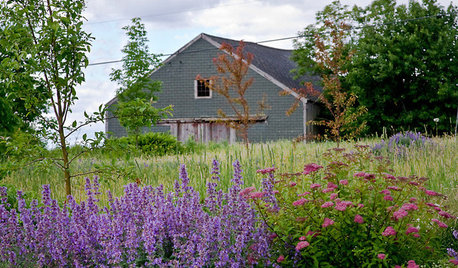
GARDENING AND LANDSCAPINGLandscape Tour: Two Acres of Rural Hillside in Maine
An orchard of crab apples, a grove of sugar maples, even a hayfield ... pastoral landscape beauty doesn't get more idyllic than this
Full Story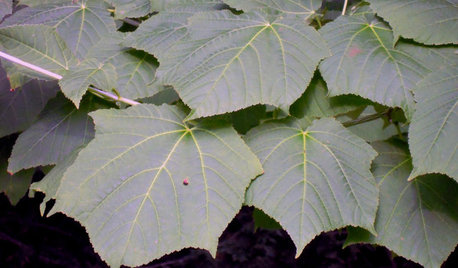
GARDENING GUIDES5 Amazing Small Maple Trees
There's more to maples than syrup. Expand your maple milieu with any of these 5 small and unusual trees
Full Story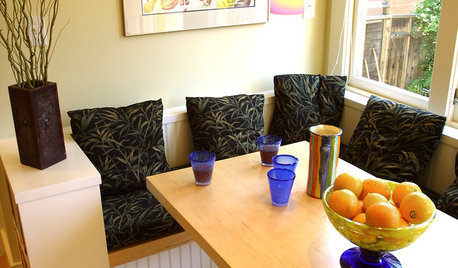
MATERIALSWoodipedia: Maple Is a Marvel Around the House
A heavy hardwood with lots of potential, maple appeals to modern sensibilities and won't break your budget
Full Story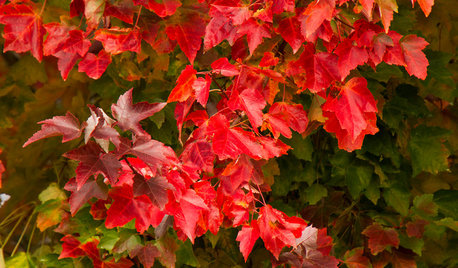
TREESGreat Design Plant: Acer Rubrum Brings Shade and Beauty
Red maple — a fast-growing, low-maintenance Eastern native — has spectacular fall foliage and early-spring flowers that feed pollinators
Full Story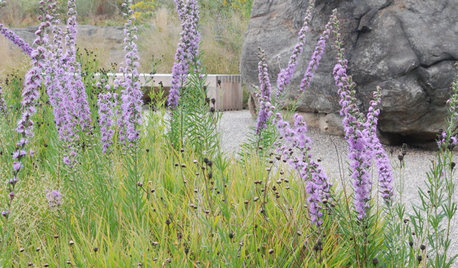
INSPIRING GARDENSNative Plants Inspire and Educate at NYC's Botanical Garden
Stroll through the new Native Plant Garden with us to get great ideas for plant choices and sustainability
Full Story
FALL GARDENING11 Trees for Brilliant Fall Color
Give your landscape the quintessential look of autumn with the red, orange and yellow leaves of these standouts
Full Story
FALL GARDENINGHouzz Call: Show Us Your Fall Color!
Post pictures of your fall landscape — plants, leaves, wildlife — in the Comments section. Your photo could appear in an upcoming article
Full Story
FALL GARDENINGWhy Fall Is the Best Time for Planting
Spring is overrated for planting. Starting plants in autumn has advantages for both garden and gardener
Full Story
GARDENING GUIDESHow to Find the Right Native Plants for Your Yard
Find plant maps, sale sites and guides that make going native in the garden easier than ever
Full Story





danbo
HanArt
Related Professionals
70037 Landscape Architects & Landscape Designers · Richmond Heights Landscape Architects & Landscape Designers · Simi Valley Landscape Architects & Landscape Designers · Winder Landscape Architects & Landscape Designers · Woburn Landscape Contractors · Cerritos Landscape Contractors · Cupertino Landscape Contractors · Dedham Landscape Contractors · Fort Worth Landscape Contractors · Hawaii Landscape Contractors · Los Banos Landscape Contractors · Red Oak Landscape Contractors · Rio Linda Landscape Contractors · Roswell Landscape Contractors · 07920 Landscape ContractorsHanArt
louannieOriginal Author
Pterostyrax
HanArt
creatrix
vancleaveterry